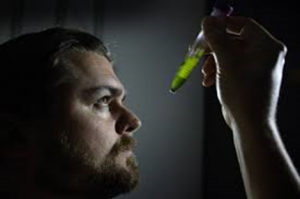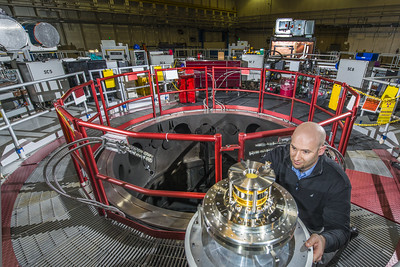News Article, January 17, 2023 • Catherine Mageeney, a senior member of Sandia’s technical staff in bioengineering and biotechnology, has expertise in phage biology and genetics with broad applications and implications for scientific research. Phages, or viruses that infect bacteria, are the most numerous and diverse biological-organism in Earth’s biosphere. With approximately 1031 existing phages to be...






